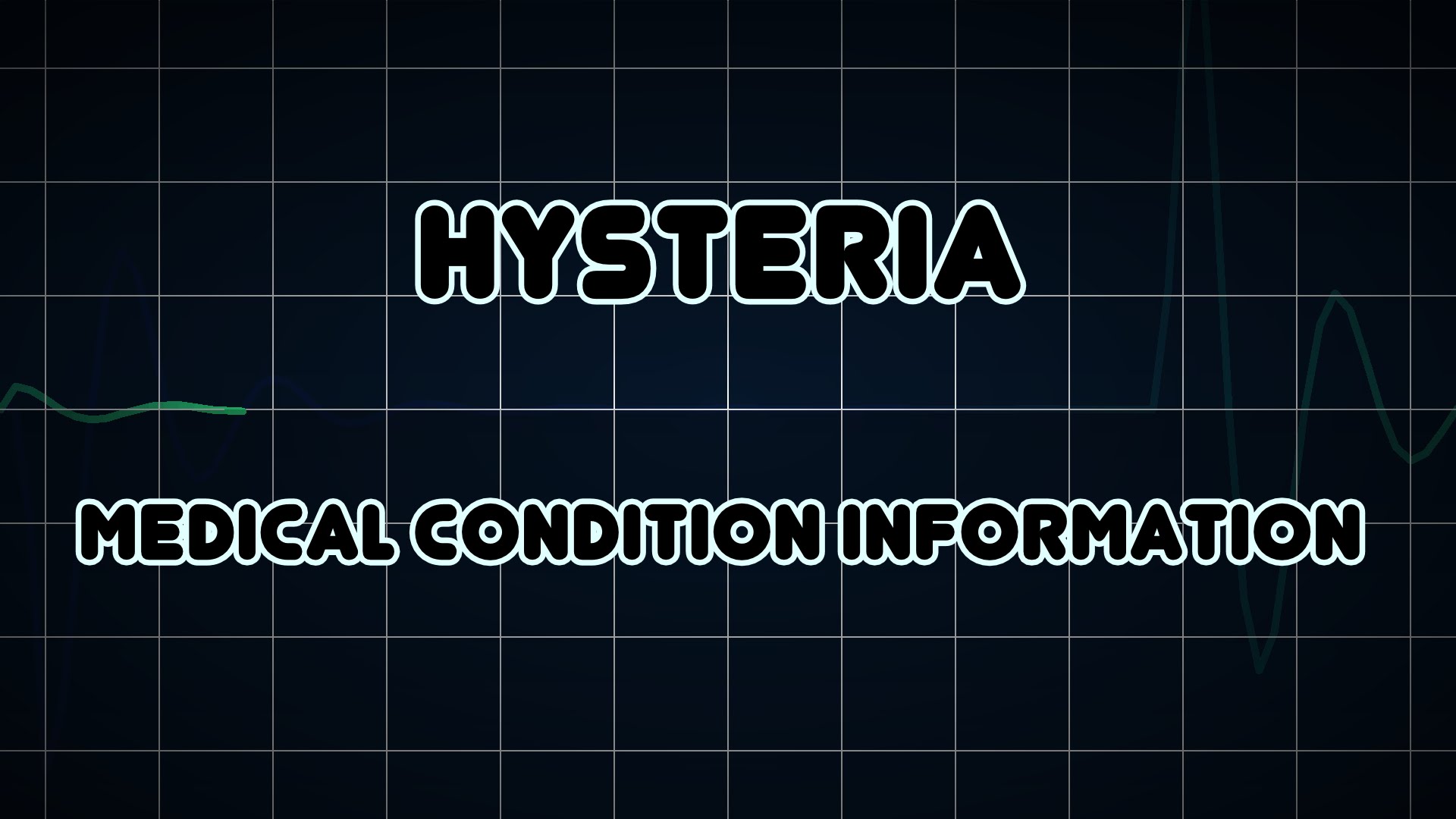What is Mass Psychogenic Illness or Mass Hysteria?
Mass psychogenic illness or Mass Hysteria is a not a very rare phenomenon anymore. It is probably more common than the reported incidences and imposes a significant financial burden and unexpected management difficulties for the emergency department. Affected schools or occupational sites are often closed for days or weeks. It can be defined as “the rapid spread of illness signs and symptoms affecting members of a cohesive group, originating from a nervous system disturbance involving excitation, loss, or alteration of function, whereby physical complaints that are exhibited unconsciously have no corresponding organic etiology”.
The outbreak of mass psychogenic illness often starts with an environmental trigger such as a bad smell, a sound, a suspicious looking substance, or something else that makes people in a group believe that they have been exposed to a danger and they start to experience symptoms of illness. It has unique characteristics—symptoms without any plausible organic cause, transient and benign, occurring in a segregated group, the presence of extraordinary anxiety, spread via sight, sound, or oral communication; the spread moves down the age scale, more affecting the females.
Common symptoms are nausea, dizziness, fainting, headache, abdominal pain, hyperventilation, cough, fatigue, drowsiness, weakness, watery eyes, chest pain, vomiting, and so forth. Investigators failed to conclude regarding any predisposing factor of an episode, but psychological factors, environmental factors, different stressors, conflicts, lower education, lower socioeconomic status, minority race, and history of abuse or trauma may be involved. Initial media reports of unexplained illness are believed to amplify the phenomenon by spreading threatening information and lead more people to report symptoms. The brief duration of illness, sudden onset without a specific time, place, or person, and lack of opportunity for controlled experiment have made it a difficult field for the researchers.
Description of an episode:
An incidence occurred in a girls’ high school in the morning of 14 April 2013 after serving tiffin to the students like every other day. Few students of class five started feeling unwell within few minutes of taking the tiffin while playing in the playground. They were brought to the headmaster’s room immediately. As the news spread among other students, some of the other students also started to feel sick. They were brought to the emergency department of the nearby hospital. Subsequently, some of the students who carried the sick students to the hospital also felt unwell. Most of the students complained of bad odor or bad taste of the cake. All affected students were admitted. Treatment was given after a triage done by the hospital consultants. Counseling was done repeatedly to the sick students. Assurance and reassurance were also given to the parents and relatives.
Within a short period of time media men and more anxious relatives rushed to the hospital. The situation was getting worse and local administration along with police department got involved in controlling the situation. Political leaders, social workers, and many curious people also came. Reports of a mysterious illness were being broadcasted on all the major television channels. Rumor of death of two to three students further worsened the situation. The situation was gradually controlled with the combined efforts of the doctors, nurses, other hospital staff, administrative personnel, and police. Some students feeling well left the hospital. Before evening, many students recovered and were discharged. Some students needed to stay in the hospital up to the next day and few up to the following day. Some students became ill again after returning home and needed readmission. The supplied cake was considered as the environmental trigger of the episode and sample of cake was sent for microbiological and toxicological examination.
In the study, total 93 students were included who were hospitalized following the incident. Age distribution of the students showed that most students (34%) were 13 years old. Next commonest age group was 14 years (28%) and 12 years (15%), respectively.
The average interval between exposure to the trigger and onset of symptoms was 151.5 minutes. About 27% of students developed symptoms within 45–60 minutes following exposure and 26% developed symptoms after 60–90 minutes. Some students (15%) developed symptoms very rapidly (within 0–15 minutes).
Affected students had various symptoms. Commonest symptoms were abdominal pain (83%), headache (73%), body ache (63%), nausea (69%), generalized weakness and fatigue (61%), and chest pain (69%). Among other complaints, 58% felt burning sensation of the body, 45% complained of dizziness, and 31% had dry mouth.
Around 53% of the students left the hospital within 6 hours of admission. About 24% left the hospital between 7 and 12 hours, 16% between 13 and 24 hours, and 5% between 25 and 48 hours of admission.
A teamwork of internists, pediatricians, hospital administrators, and nurses was key to the successful handling of the situation. The idea that the outbreak was psychogenic is very clear but because of intense anxiety in the parents, investigations were undertaken to rule out any organic cause. With any approach to mass psychogenic illness, the goal should be to restore the community to normal functioning as quickly as possible. Prompt public identification of episodes of mass psychogenic illness has been advocated as an important step in terminating them, but such an approach can be problematic in practice. Prompt recognition, coordinated investigations, effective stress coping strategy and environmental modifications are essential in the alleviation of the widespread anxiety surrounding an episode of mass psychogenic illness. Awareness of the characteristics of mass psychogenic illness is crucial for physicians and other healthcare personnel who respond to such outbreaks.
Conclusion
Mostly adolescents are endangered in mass psychogenic illness with typically medically unexplained somatic complaints creating an emergency. In dealing with a mass psychogenic illness, a prompt, coordinated response is important in resolving widespread community anxiety surrounding these episodes.

